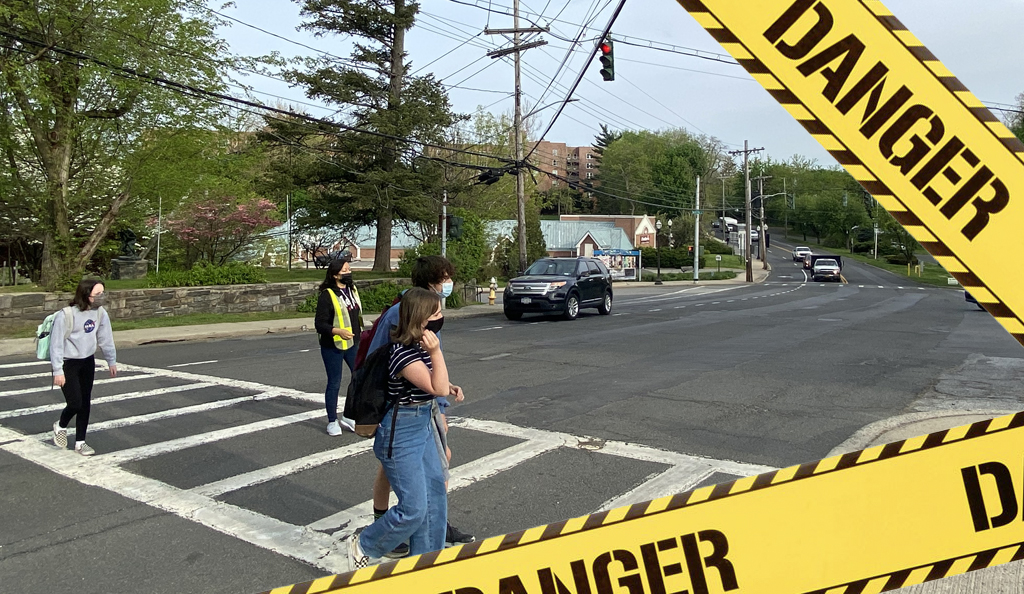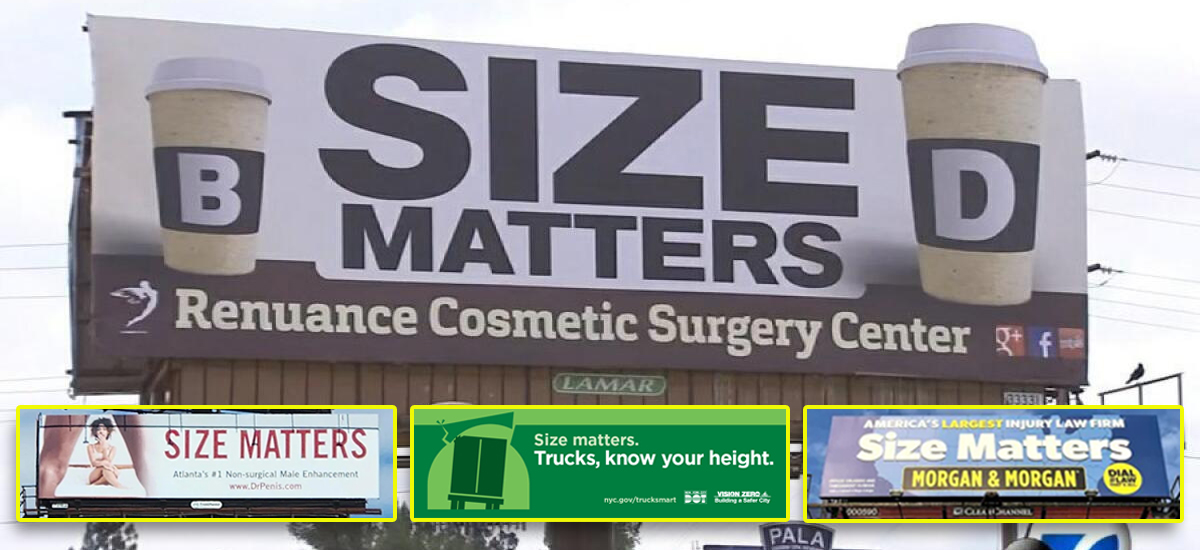More communities around the country are talking about creating bike boulevards (see the recent Streetfilm asking why they haven't yet been proposed in New York).
But as Austin on Two Wheels reports, it's not always easy to convince property owners that these enhanced bike facilities (read more about them here) are the right thing for the streets they live on. At a recent meeting about a proposed bike boulevard on Nueces Street in Austin, the mood was initially confrontational, with bicycle riders on one side and local residents on the other.
Here's the good news: when planners actually showed people what the proposals would look like, the mood changed, and both sides showed willingness to find common ground:
An open house on a proposed bike boulevard was standing room only. (Photo: Austin Cycling Association/Laura King)
Tensions ran high in the comments period, with one property owner
asking how many people there owned land and were taxpayers, the
assumption being the majority of cyclists weren’t stakeholders because
they don’t own land. Others suggested that customers and clients would
somehow not be able to find their businesses if traffic diverters were
installed.…After the comments period, a more constructive session started with
city staff laying out huge maps of the proposed corridor to allow
participants a chance to vision what the street would look like.
Graphic chips with examples of speed cushion, medians, traffic diverters, and standard bike laneswere used to move around the map and see what worked. …
Once forced to look at solutions with pen and paper, there was a departure from the
earlier NIMBY rhetoric and appeared to be a more earnest approach to
figuring out how to all live together.
A little education can be a powerful thing. We'll keep an eye on how this situation develops.
Meanwhile, if you want to learn more about bike boulevards, watch the Streetfilms about the facilities in Berkeley and Portland.
More from around the Streetsblog Network: The Bicycle Coalition of Greater Philadelphia writes that the city's deputy mayor has recommended that bike lanes on Spruce and Pine streets be made permanent. Muscle Powered posts about the struggle to get bicycle facilities incorporated into a stimulus-funded highway project in Carson City, Nevada. And Design New Haven points us to a collection of resources on walkability from the website New Urban News.





